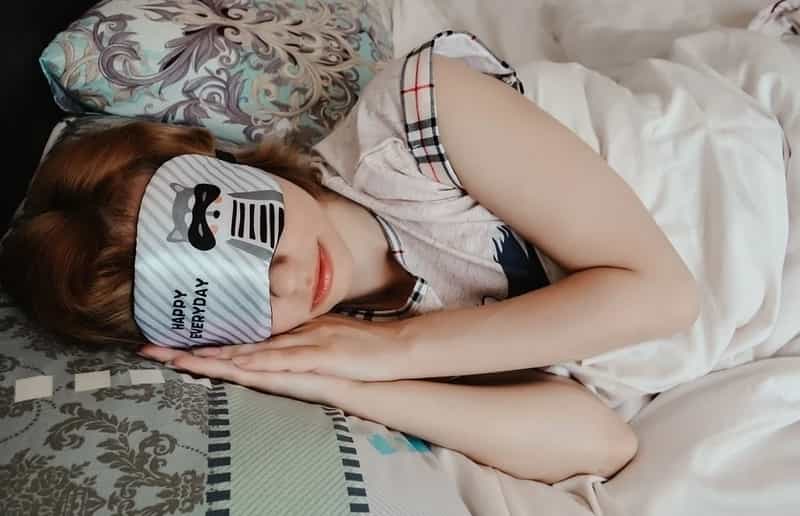Practising good sleep hygiene is vital for overall well-being. Sadly, a study from YouGov found that three in every ten Australians are not getting enough sleep, and only one in seven Australians can sleep through the night. One simple solution to getting a night of good quality sleep is by using an eye cover for sleep.
An eye cover for sleep or popularly known as a sleeping mask is another best thing after a pitch-black room. It is especially helpful for those who prefer sleeping within a completely dark space. Since it is compact and lightweight, people can easily bring it anywhere, even when they travel. Nevertheless, not all sleeping masks are created equal. From fabric to style, here are five important factors to consider before buying a sleeping mask.
Factor #1: Blackout capacity
The primary purpose of buying an eye cover for sleep is to seal the eyes from all unwanted light which may disrupt sleep. This feature is especially important for those who are trying to take a nap during the day.
When choosing a sleep mask, customers should pick a mask which covers their face or comes with special moulds that can help cover their eyes from small flashes of external light. Be sure also to check its width.
Factor #2: Fabric
Sleeping masks are made from various types of materials. Customers should pick one with a comfortable fabric which does not irritate their skin or cause creases around their eyes, particularly when they are resting.
One of the best fabrics for sleeping masks is silk. It is easy on the skin, lightweight and has good blackout capability, particularly those made with thicker material. It also glides around the eyes smoothly. So, the wearers do not have to worry about wrinkles and creases.
Cotton is another common material for sleeping masks’. It is lightweight, soft and has a decent blackout and moisture-wicking properties. Although it is inexpensive, it can absorb sweat and creams on the face, while hindering bacterial growth on the skin. Moreover, it can be washed easily and can retain its soft texture even after being used over and over again.
Factor #3: Fit
The sleep mask should allow the wearers to sleep or take naps comfortably. Hence, customers should choose a sleep mask that fits the upper part of their face perfectly. Avoid picking one which does not settle on the nose or behind the ears neatly. Find a mask that comes with fabric flaps which are sewn around the said portion to help fit various face sizes.
Customers should also watch out for the flat parts of the mask which might interrupt their sleep as their eyelashes may graze through it during REM or rapid eye movement. The masks should have recesses to keep material from disturbing the eyes.
Another common fabric used to make sleeping masks is polyester and satin. Polyester sleeping masks are relatively cheap, lightweight and durable. On the other hand, satin sleeping masks, which combine both silk and cotton, have the same breathability property as cotton but are less taxing than silk.
Factor #4: Price
Some masks are costlier than others but are not necessarily better in terms of quality. Customers should take their time looking for one that not only satisfies their needs and promises the luxury of sleep but also reasonably priced.
Factor #5: Design
While the main purpose of an eye cover for sleep is to promote sleep, it does not necessarily need to be dull. There are many ways to infuse fashion and fun into the sleeping mask. Customers can pick a sleeping mask that complements their common sleepwear and has their favourite colour, pattern or prints.
Conclusion
The market offers a plethora of sleeping masks; there is no one-size-fits-all sleeping mask. To ensure they pick the perfect sleeping or napping companion, customers should consider several critical factors, including the mask’s blackout capacity, fabric, size, affordability and style.
You may also like to read: Some Common Sleep Disorders and Mental Illnesses


